PLANNER for A2 EXAMINATIONS 2018
FINAL PRINTS DATES:
Select your final images for both EXAM and COURSEWORK (if you haven’t completed this already)
Wed 18 April 15:00
prints ready Tue 24 April
Tue 24 April 15:00
prints ready Mon 30 April
Wed 25 April 15:00
prints ready Wed 2 May
EXAMINATION DATES:
Groups 13A and Group 13E 24 April, 30 April & 1 May.
Group 13D 25 April , 2 mAY and 3 May
15 hrs controlled test over 3 days
CLASS LIST + EXTRA TIME
For those of you who have extra time – check when this has been allocated.
BLOG: End your blog with evidence of the following:
1. Show evidence of how you intend to present and display your final prints – make mock up in Photoshop – for example. a single image or diptych, triptych, predella, size A5, A4 or A3, typology-style grid, collage etc
2. If you have made a photobook – write a book specification and describe in detail what your book is about in terms of narrative, concept and design. Produce a mood-board of design ideas and consider the following:
- How you want your book to look and feel
- Format, size and orientation
- Design and layout
- Rhythm and sequencing
- Structure and architecture
- Narrative
- Title
- Images and text
- Colour and B&W (or a mix)
- Paper and ink
3. Write an overall final evaluation (250-500 words) that explain in some detail the following:
- how successfully you fulfilled the EXAM brief and realised your intentions.
- links and inspiration between your final images and exam theme including artists references
- analysis of final prints/presentation in terms of composition, lighting, meaning, concept, symbolism etc.
see example here: https://hautlieucreative.co.uk/photo16a2e/author/sodonnell05/
4. Go through all your blog posts and make sure that you have completed them all to your best ability, e.g. good use of images/ illustrations, annotation of processes/ techniques used, analysis/ evaluation of images and experimentation
5. Present your final outcomes in window mounts or on foam board, label with name, candidate number, attach velcro and put in a BROWN/BEIGE/YELLOW folder.
To achieve a top marks we need to see a coherent progression of quality work from start to finish following these steps:
RESEARCH > ANALYSIS > PLANNING > RECORDING > DEVELOPING > EXPERIMENTING > PRESENTING > EVALUATING
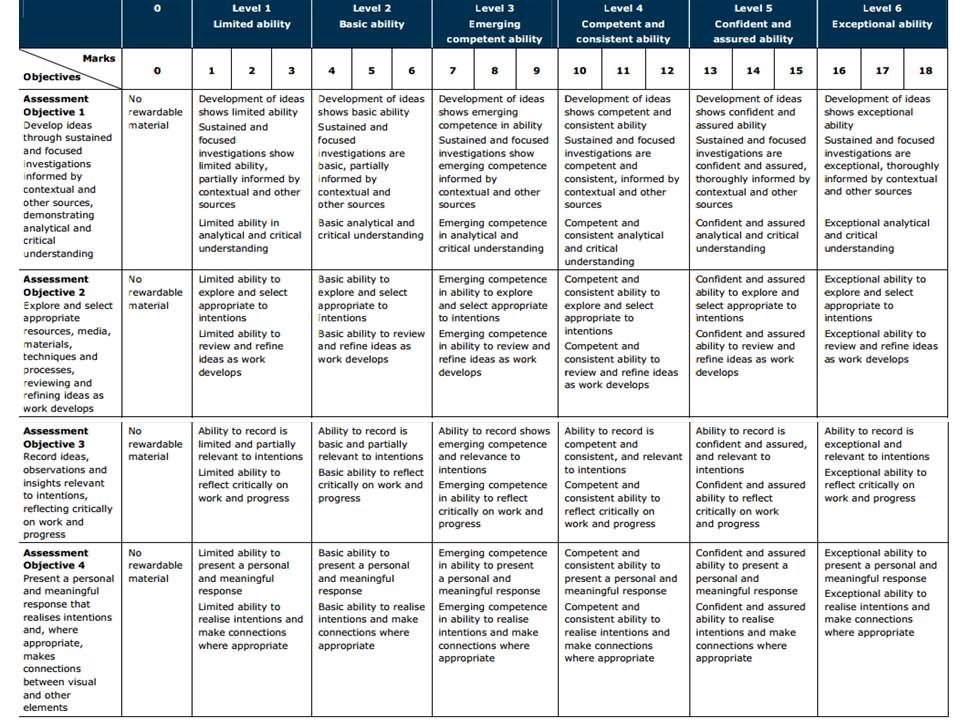
The following students have been selected for moderation:
Coursework:
Chiara Buesnel
Alisha Cadec
Elinor Dargie
Ben Fosse
Anna Houiellebecq
Peter Le Gal
Charlie Lucas
Zoe Pannenborg
Josie Robins
Lauryn Sutcliffe
Shaynee Whiteman
Externally Set Assignment:
Chiara Buesnel
Harrison Cummins
Felicity Flinders
Anna Houiellebecq
Darcy Kelly
Madison Lee
Ethan Moyse
Max Rivers
Jo Searle
Abbie Waller




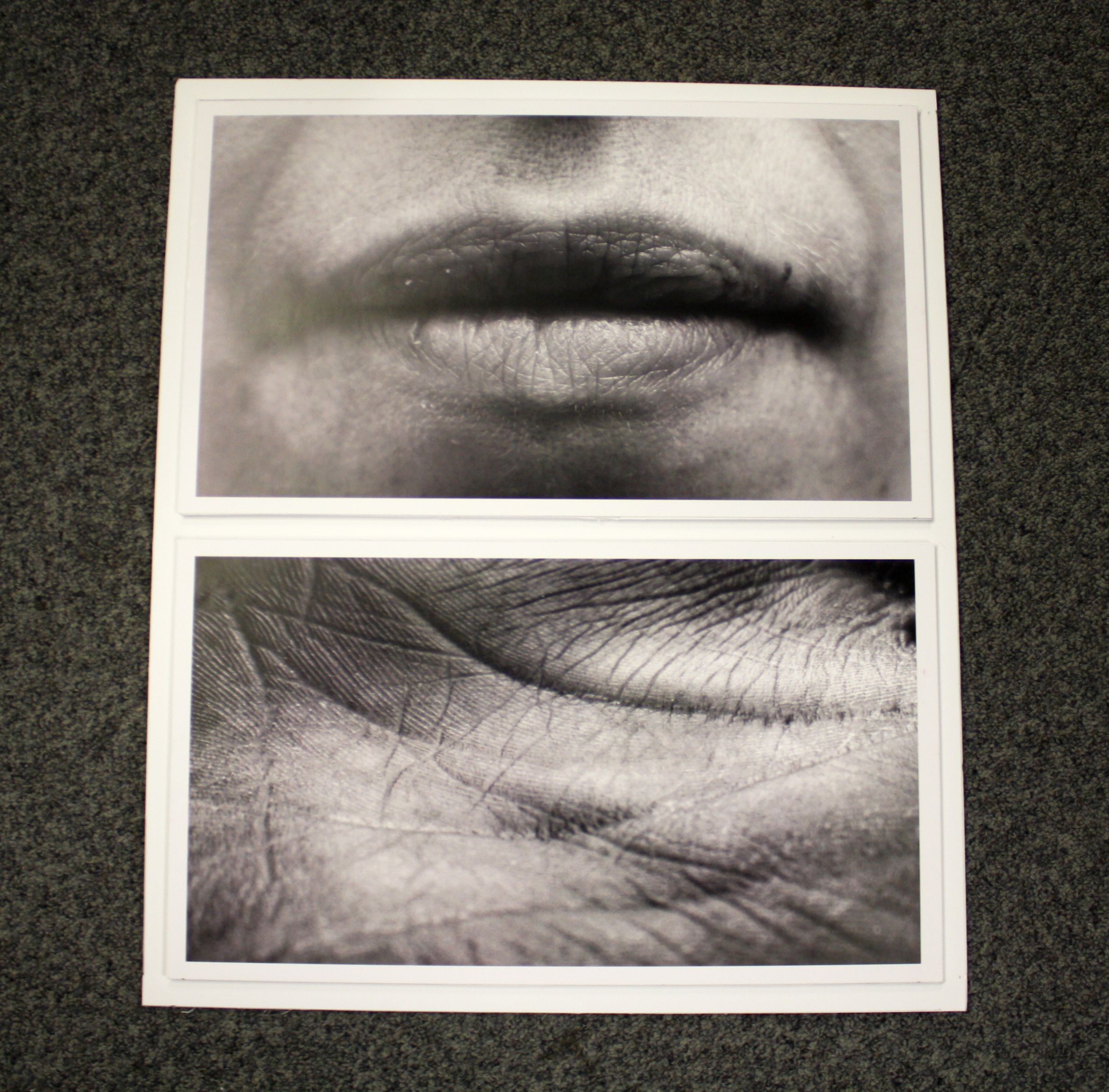



















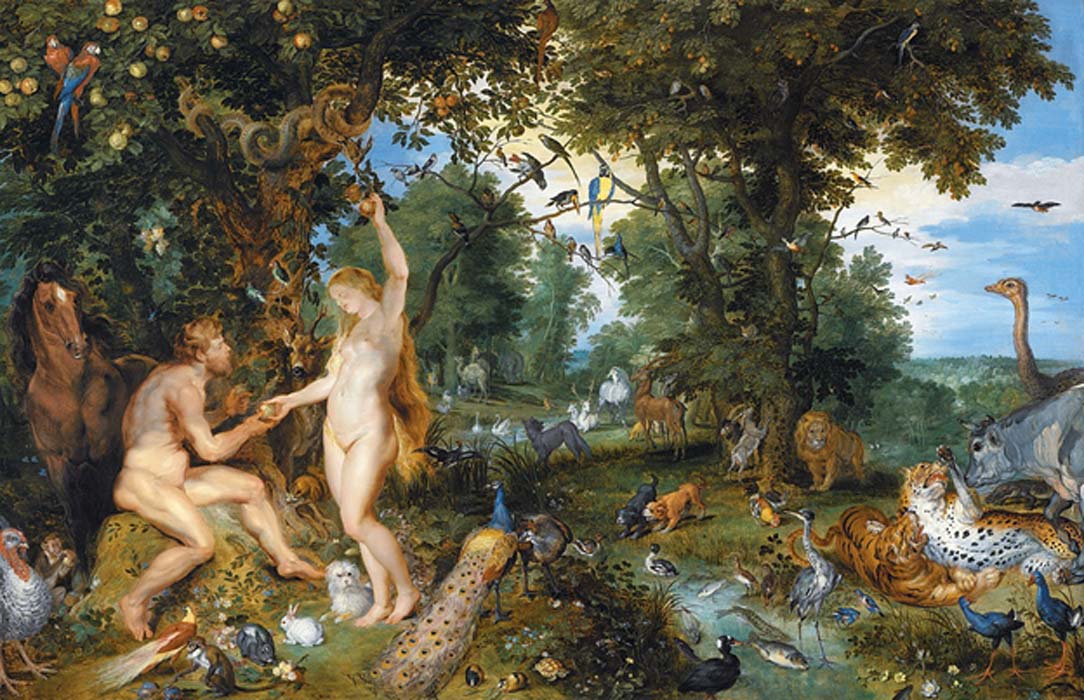


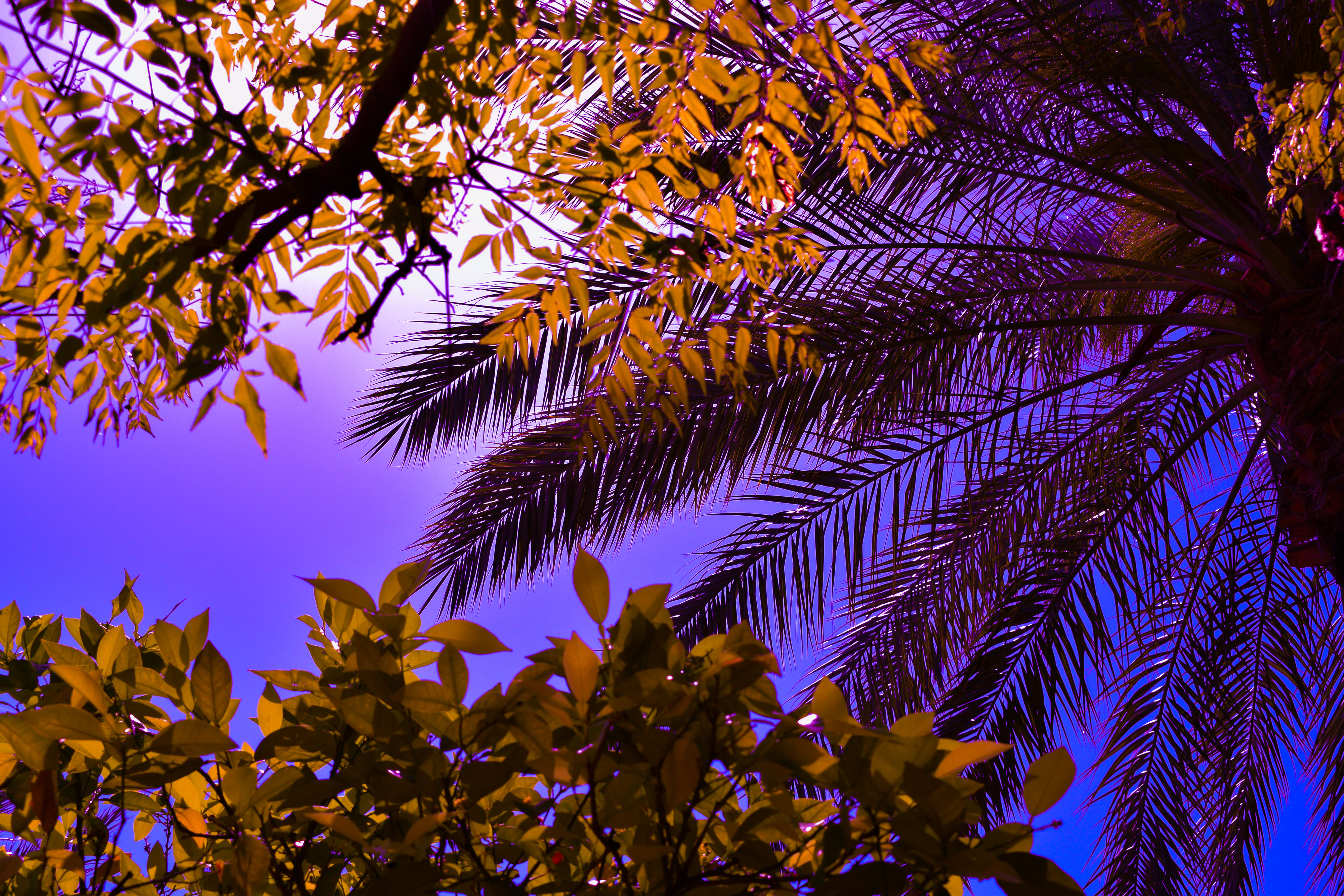
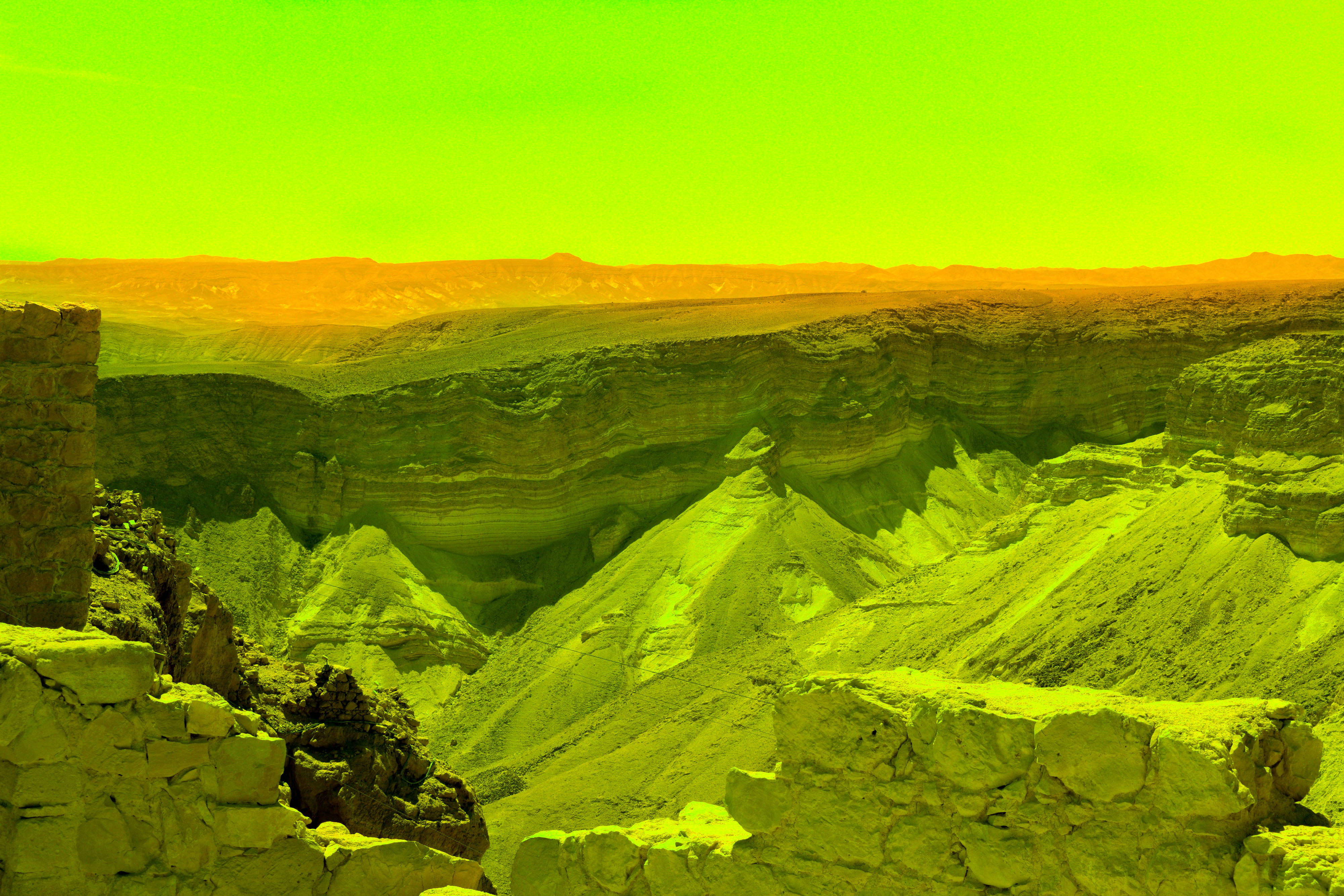
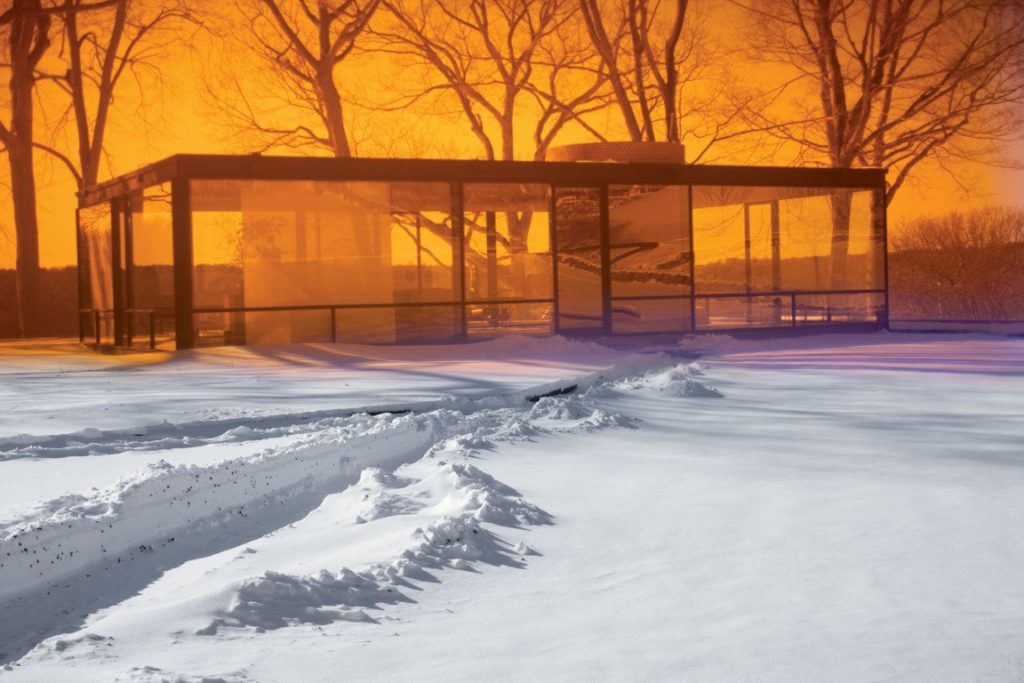
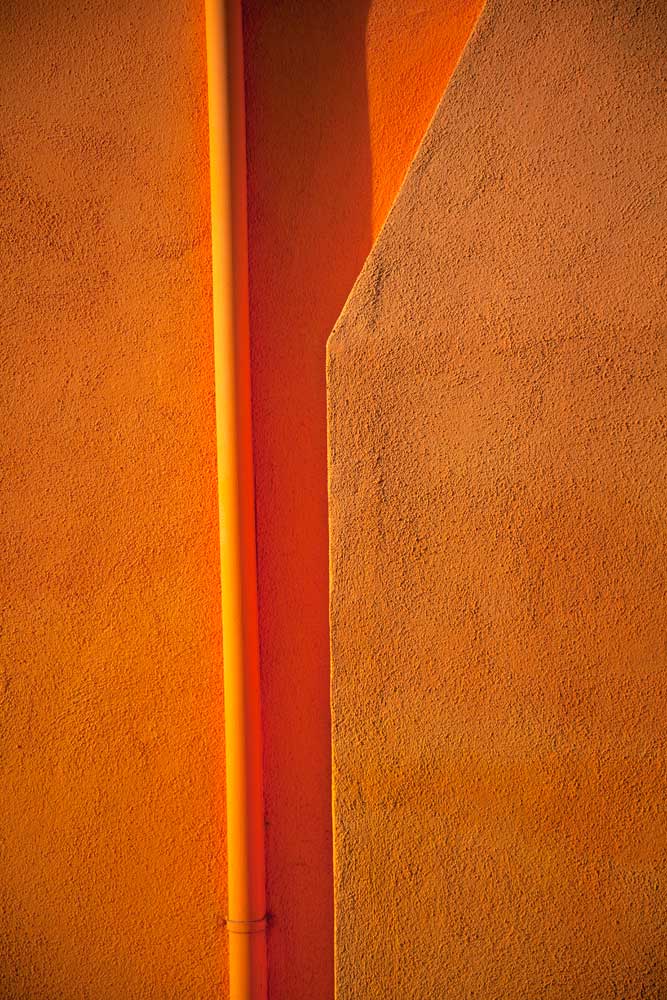

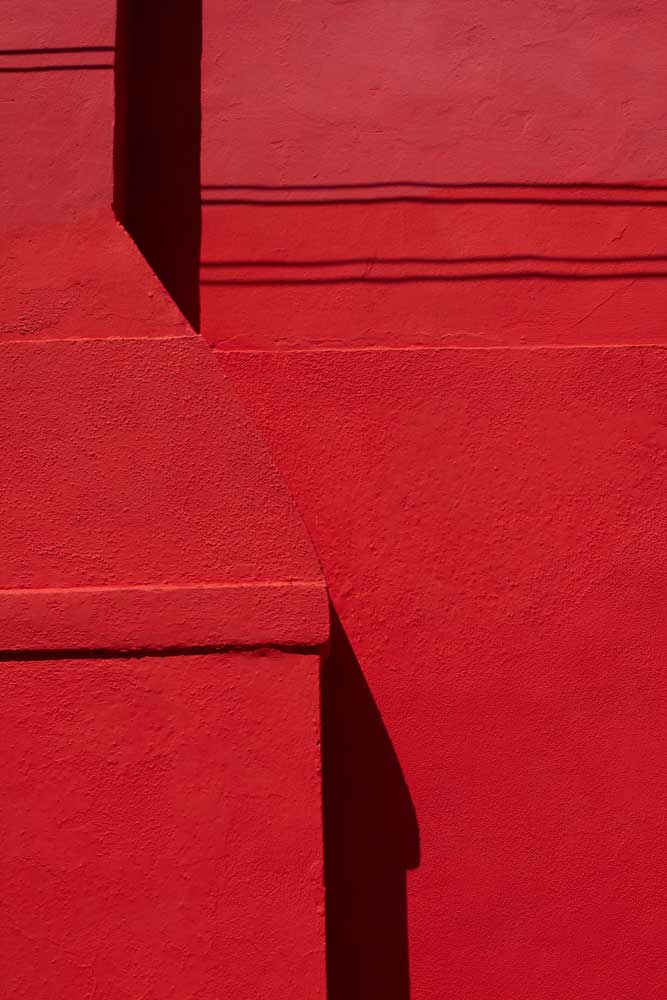

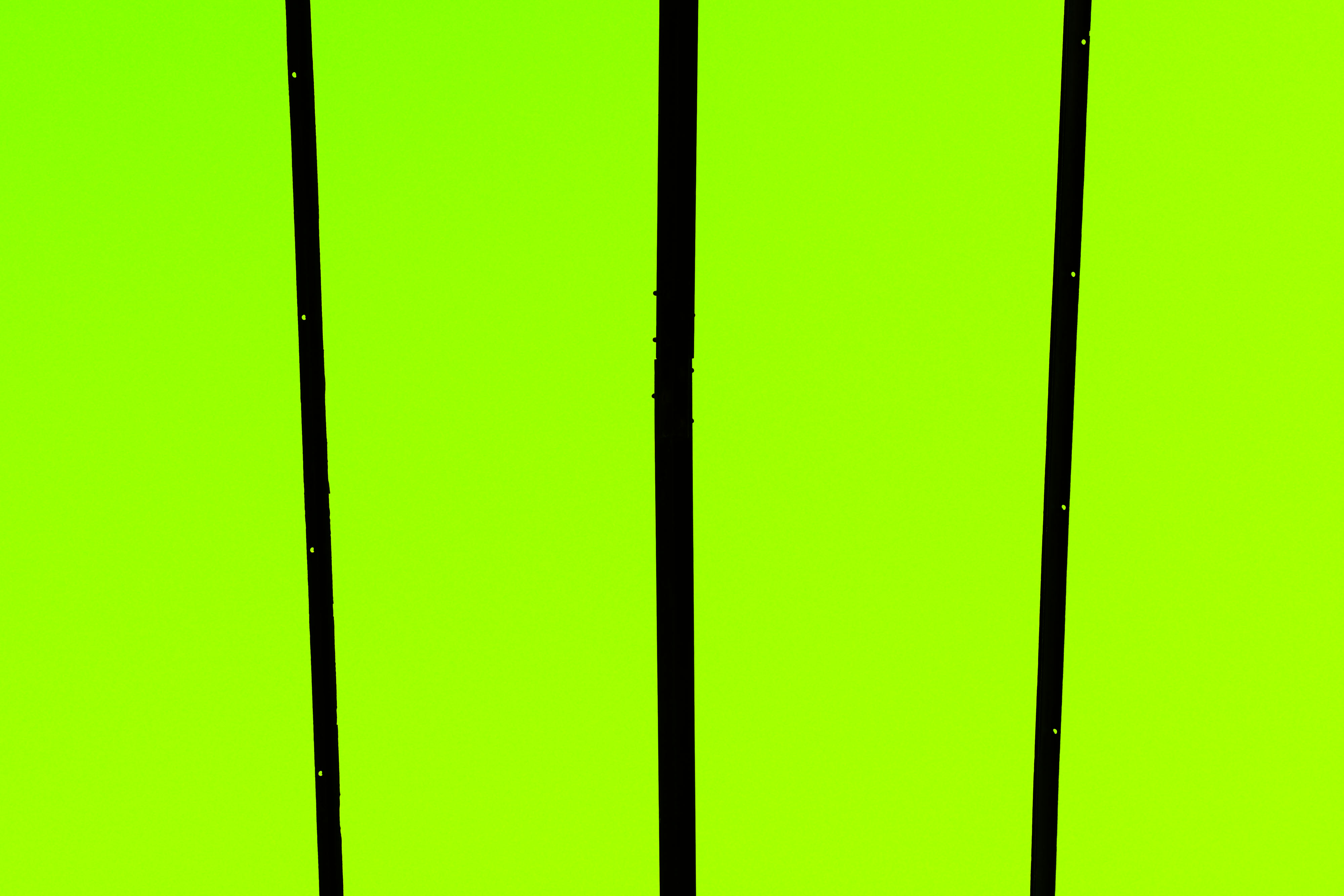
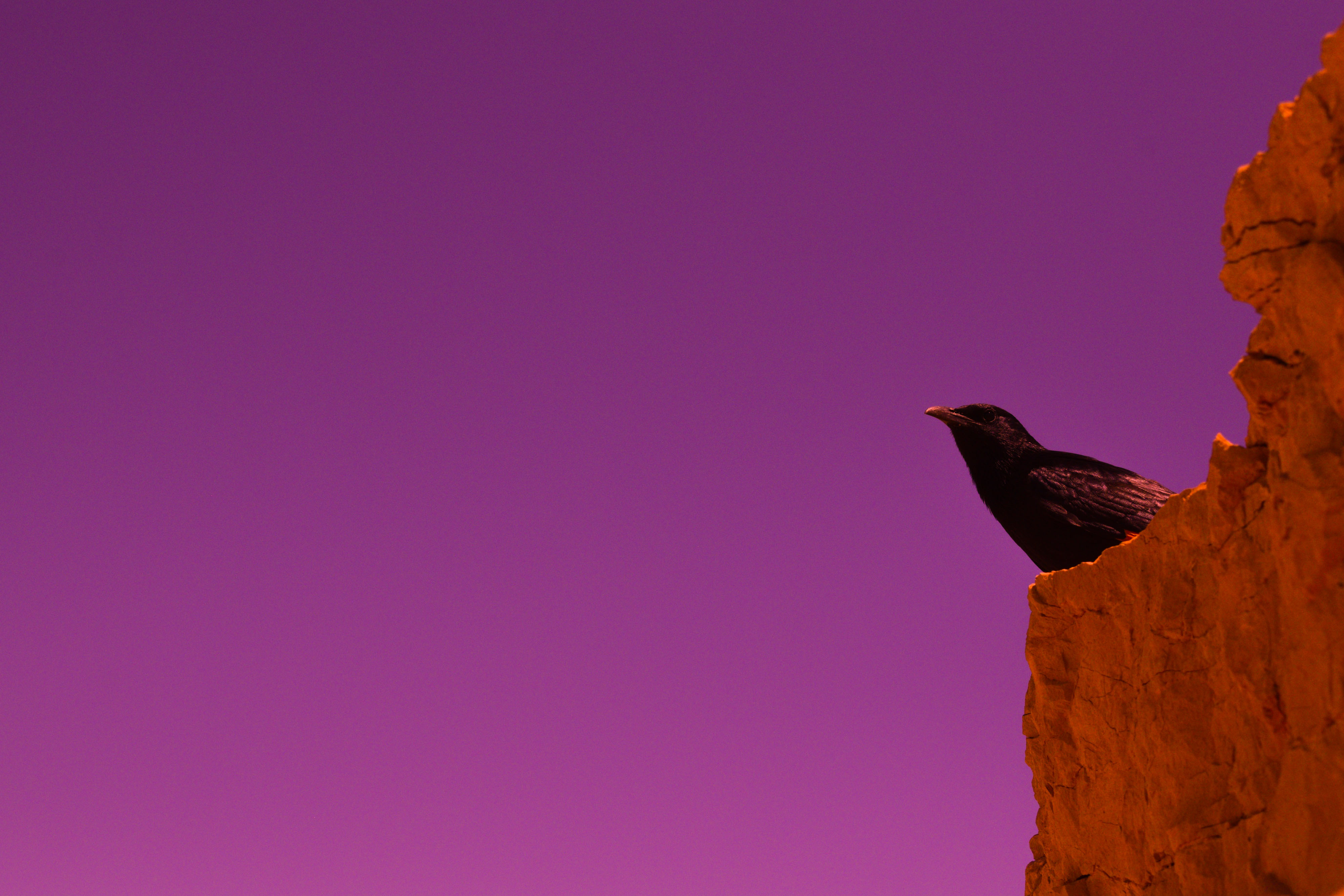


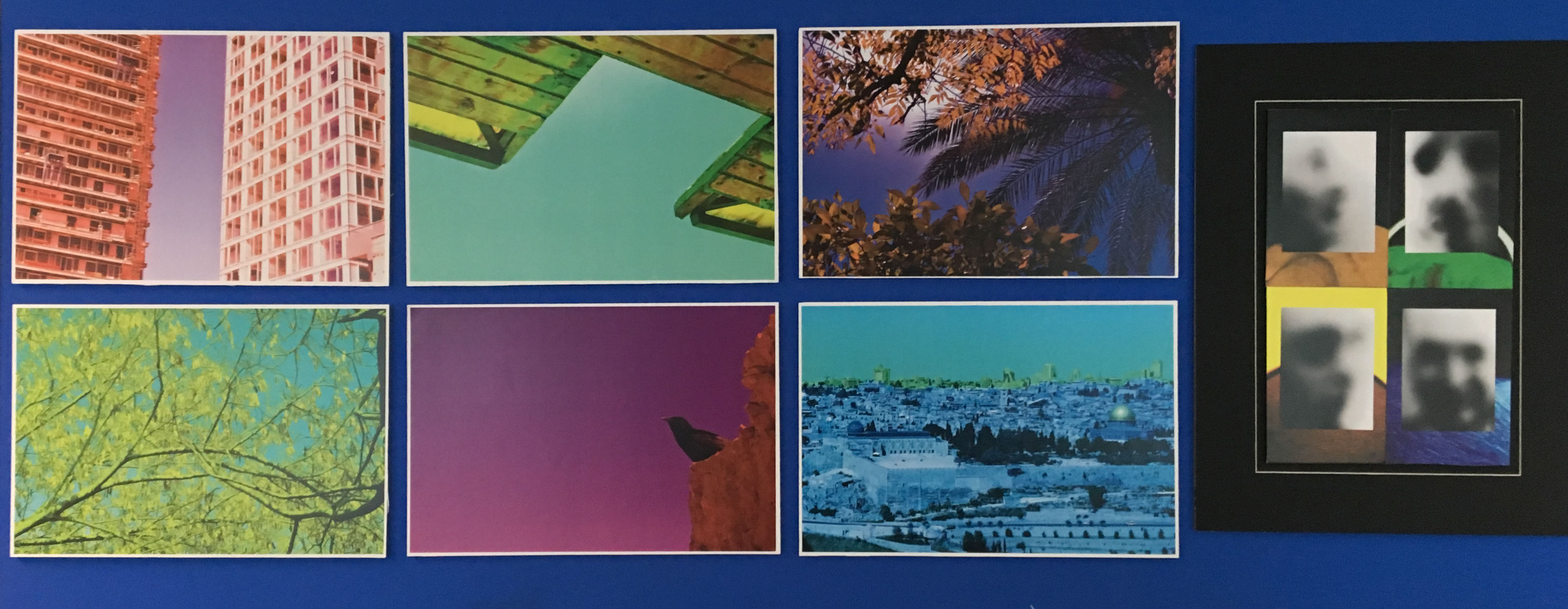 I have laid out my photos in such a way that shows off each photo individually. I stuck each landscape photo on some foam board and stuck each one to the wall individually. I then grouped my close up portraits together with my ghostly like photos that I took in the early stages of this project.
I have laid out my photos in such a way that shows off each photo individually. I stuck each landscape photo on some foam board and stuck each one to the wall individually. I then grouped my close up portraits together with my ghostly like photos that I took in the early stages of this project.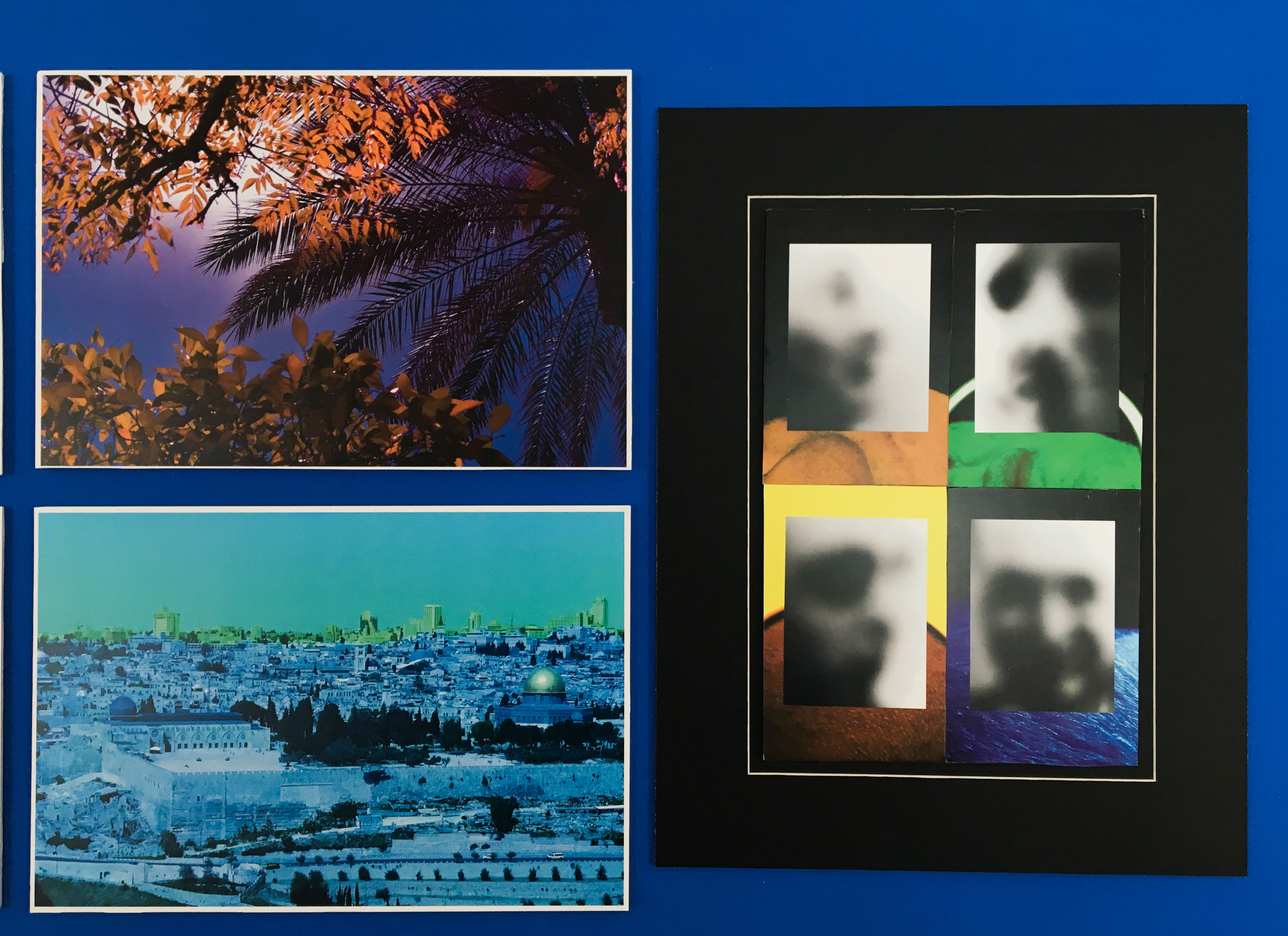 I placed these photos on top and used the close up portraits as backgrounds. I did this as you will be able to see the uncovered versions in the book. I liked this because it gave me an idea and a meaning. The way the photos have been laid out show how humanity often ruins photos, builds on top of landscapes and ruin the identity of a place or a person. I made a window mount and placed this inside as well as foam board and it made it stand out better.
I placed these photos on top and used the close up portraits as backgrounds. I did this as you will be able to see the uncovered versions in the book. I liked this because it gave me an idea and a meaning. The way the photos have been laid out show how humanity often ruins photos, builds on top of landscapes and ruin the identity of a place or a person. I made a window mount and placed this inside as well as foam board and it made it stand out better.










 After doing all my photo shoots and collecting my images I started creating my photo book and experimenting with different layouts and proportions of images. I looked closely at examples of Rinko Kawauchi’s books such as Amersuchi and Illuminance because the images and meaning relates well with my project. Whilst developing my photo book more I started focusing more closely on my art film based on the same concept as my photo book. After watching the film The Tree of Life, I researched more about the ideas behind it and began developing my own ideas for my own film. I started by collecting short clips of certain scenes that were insignificant yet beautiful. Here are some of the short clips that I collected. After collecting a substantial amount of clips I collaborated them together to create the film I had imagined.
After doing all my photo shoots and collecting my images I started creating my photo book and experimenting with different layouts and proportions of images. I looked closely at examples of Rinko Kawauchi’s books such as Amersuchi and Illuminance because the images and meaning relates well with my project. Whilst developing my photo book more I started focusing more closely on my art film based on the same concept as my photo book. After watching the film The Tree of Life, I researched more about the ideas behind it and began developing my own ideas for my own film. I started by collecting short clips of certain scenes that were insignificant yet beautiful. Here are some of the short clips that I collected. After collecting a substantial amount of clips I collaborated them together to create the film I had imagined.